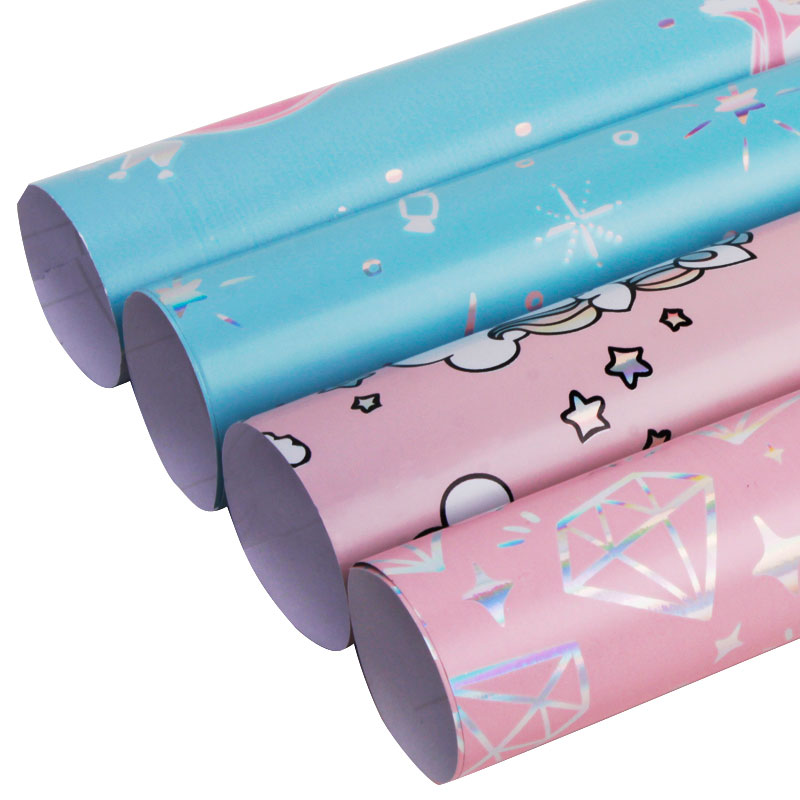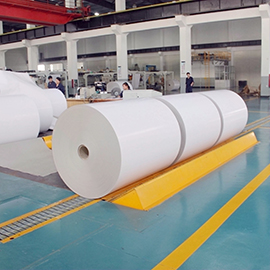Our car experts choose every product we feature. We may earn money from the links on this page.
With 21st Century color film in a prewar (pre-WWI, that is) camera. Lamination Glossy Photo Pape

If you spend a lot of time messing around with ancient film cameras and you spend even more time tromping around car graveyards looking for interesting bits of automotive history, why not combine the two? This time, I grabbed a 112-year-old camera from New York and loaded it with a New York film invented in 2008, then headed to a junkyard winter wonderland in Denver.
Ansco was a Binghamton-based camera and film company with roots going back to the 1880s. It was taken over by the German AFGA company in the 1920s, then was confiscated by the US government as enemy property during World War II, becoming GAF after the war.
When Buster Brown, a comic-strip character who was the Bart Simpson of his day, became hugely popular in the early 1900s, Ansco licensed the name to use on cameras. This camera is a No. 2 Buster Brown Folding, a simple and fairly cheap bellows camera with fixed focus and seemingly random shutter speed (especially in cold temperatures).
The No. 2 Buster Brown Folding camera (not to be confused with Buster Brown shoes, another product that licensed the Buster Brown name in the early 1900s) takes 120 roll film, a format invented in 1901 and which is still readily available. Hey, some standards last a long time—you can still get D batteries, which first appeared in 1898, for example.
Color film was still in its infancy when this camera was new, the province of technologically adventurous experimental photographers. Kodak Ektar is the kind of stuff used by Very Expensive Wedding Photographers and their high-end medium-format cameras these days, and I don't shoot much of it because I can't develop it myself in the sink (as I do with my black-and-white photography). Fortunately, there's a business near me that processes C-41 color film quickly and cheaply.
The No. 2 Buster Brown's lens is a low-bidder no-name unit (at least there weren't plastic camera lenses yet in 1910) and the primitive shutter mechanism opens for somewhere between 1/4 and 1/50 of a second. It's a bit like driving a cheap 1910 car.
Hey, if I'll shoot Ektar in a camera made from a Camry side mirror, anything goes. My photography teachers from college would retroactively flunk me if they knew about this. Good thing I use a pen name!
You often find engines on the ground in self-service wrecking yards. Customers remove them with the transmission as a unit, then just buy the transmission. Sometimes they yank the engine and then realize there's something wrong with it and leave it behind. There's a lot of wrench-turning depicted in these images.

Hot Stamping Foil These engines will go into The Crusher with everything else.